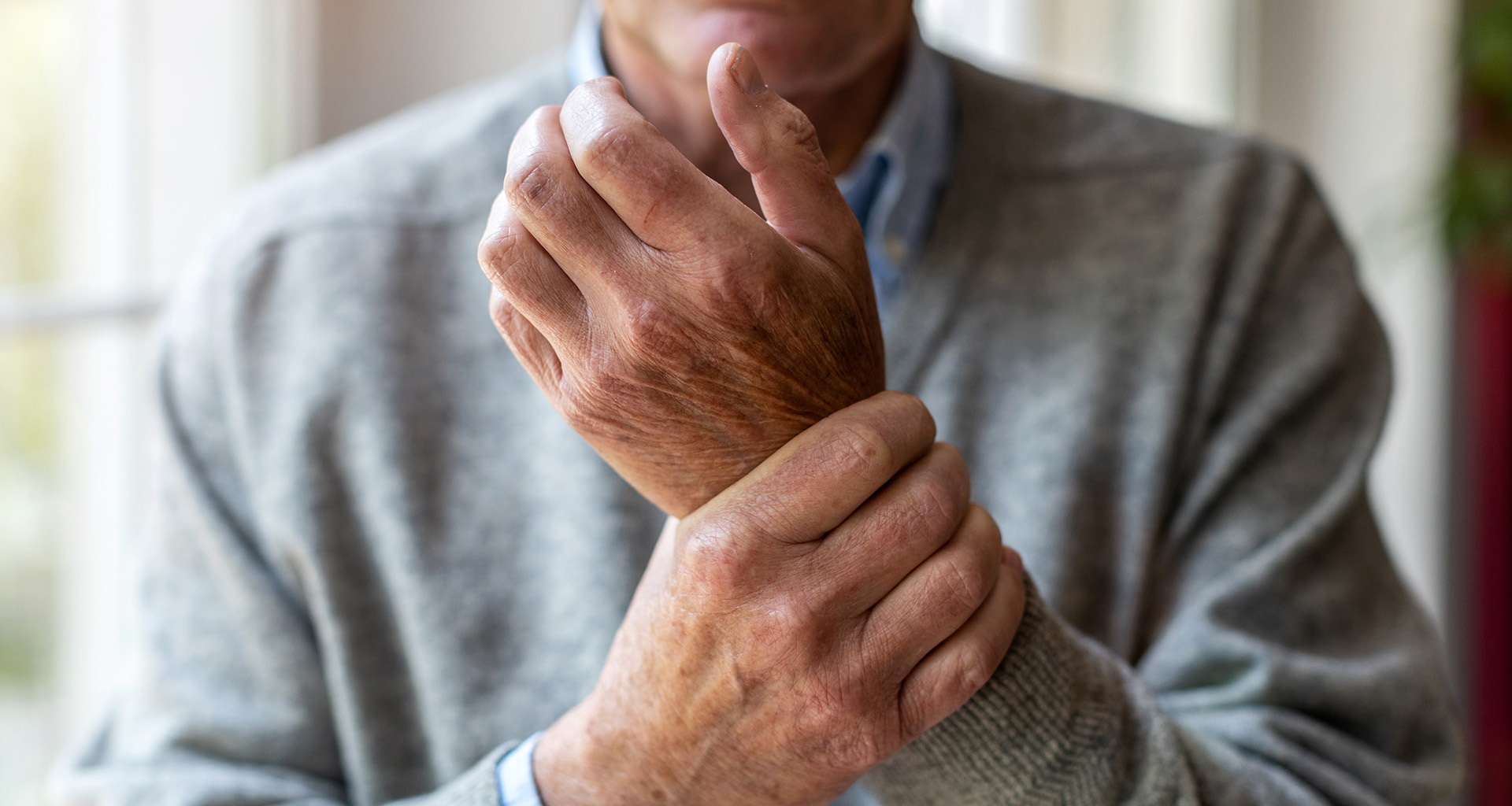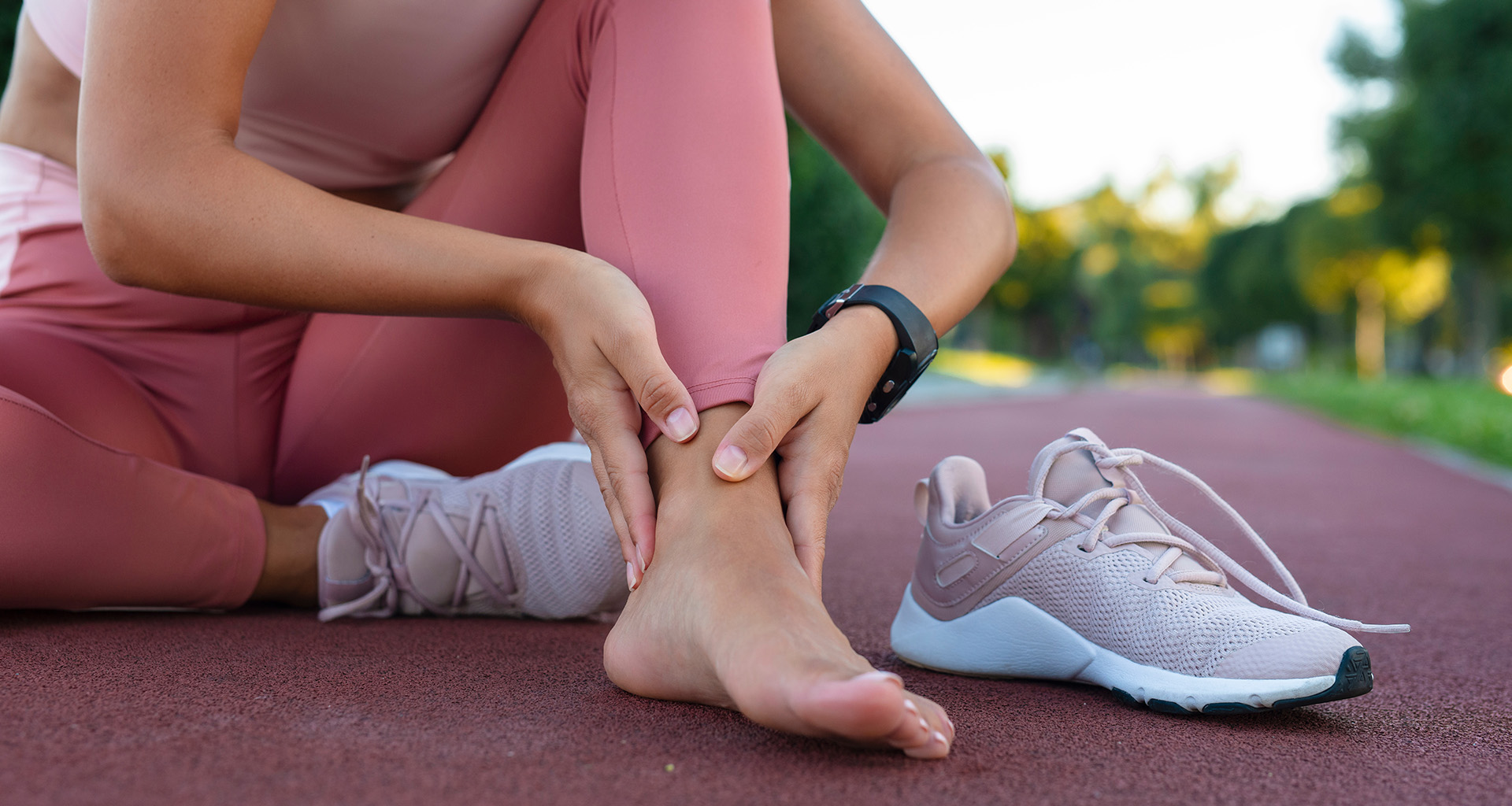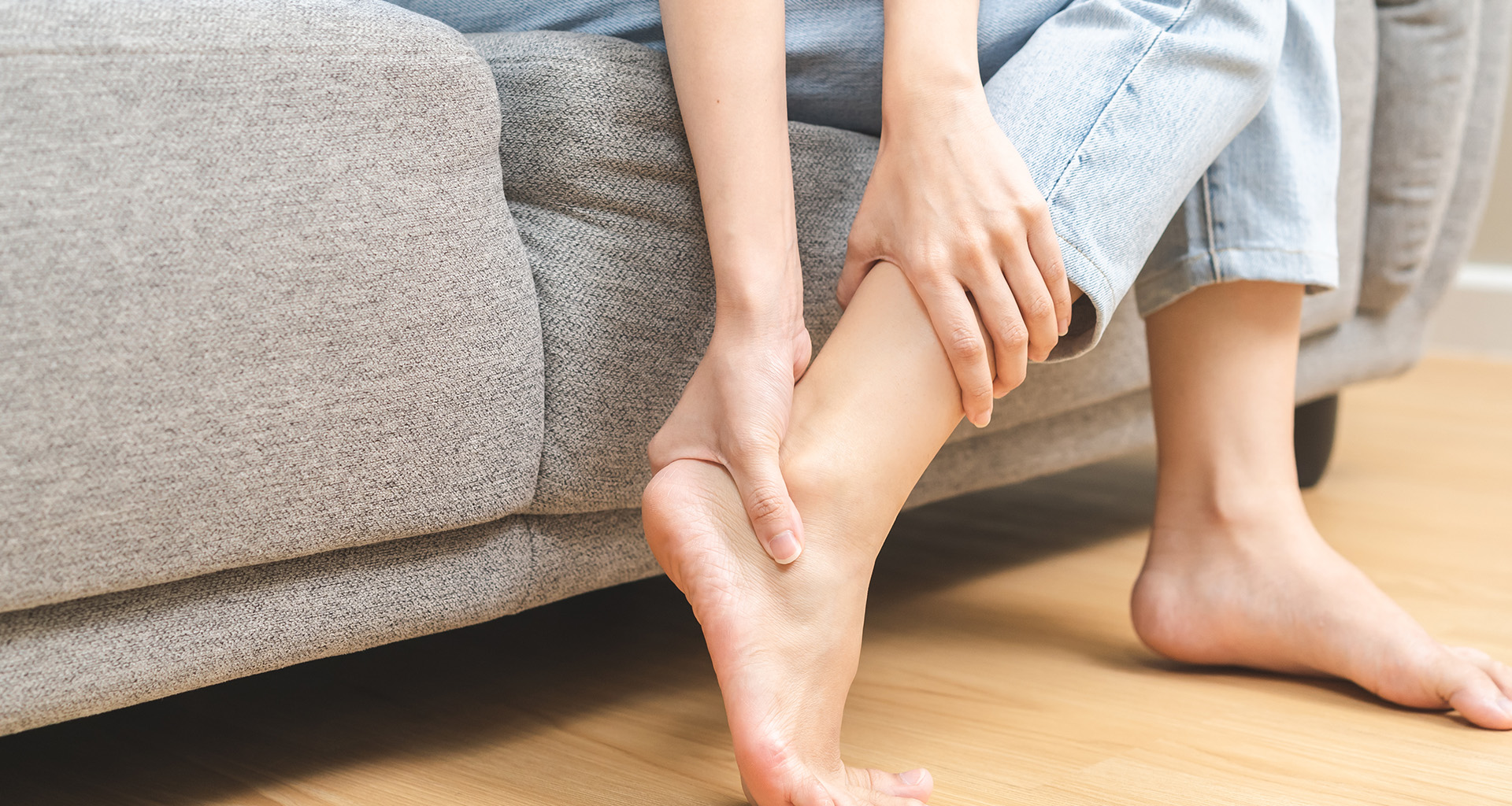Tendinopathy
Tendinopathy
Overview
Our tendons are the structures that attach muscle to bone. They transmit the force produced by our muscles, allowing us to move. We have tendons all over our body. Tendinopathy is a common condition that occurs in people of all ages and activity levels. Common areas for tendinopathy include the biceps tendon, rotator cuff tendons (shoulder), achilles tendon, gluteal tendons, and hamstring tendon. In fact, ‘tennis elbow’ and ‘plantar fasciitis’ are actually tendinopathies too.
In basic terms, a tendinopathy means that your tendon is not meeting the needs of what your body is asking it to do (i.e the weight your lifting, the way your moving, the speed of the movement you are doing, the receptiveness of the movement you are doing). Your physiotherapist might talk about this as the ‘load’ you are putting on your tendon.

How did I get a tendinopathy?
Your body is always trying to maintain or improve itself to meet the demands that are placed on it. It’s remodelling new bone, it’s turning over new skin cells, it’s manufacturing new blood cells. A nice example of this is how our body gets fitter with training You may have experienced soreness in the days following a heavy gym workout or life task. This feeling is your muscles going through a process of micro tearing and repairing to make you stronger.
Similarly, a response occurs in tendons each time we load them during activity, particularly if those loads are significantly greater than our tendons are accustomed to. It is important to understand that “greater load” or “larger load” can mean loading more often, faster load, awkward or different load …it doesn’t just mean heavier. However, the tendon response doesn’t occur immediately. You don’t get that post workout soreness, and people can often continue doing the load/task for several weeks, all the while the tendon is trying to respond to improve its capacity. If the load is too much for the tendon (cue term ‘OVERLOAD’), you may start to feel pain.
If I told you to just ‘Stop and Rest’ your tendinopathy would get worse… It would very likely feel better in the short term to just stop the task/movement that is hurting you, however, this won’t ‘fix’ the problem, it may make it worse. We can think about a tendon as having a level of ‘fitness’ or ‘capacity’ to perform tasks. If you rest for a prolonged length of time, your tendon’s ‘fitness’ or ‘capacity’ may gradually decline. Upon trying to re-start normal tasks, your tendon won’t be capable of doing what it used to, and thus this previously normal task is now an ‘overload’.
So how do I ‘fix’ it?
Short answer – with very specific and gradually progressed exercise. The concept of managing tendinopathy is to first determine the level of strength/work that the tendon can currently tolerate (it’s capacity or fitness) and then implement a specific strengthening program that is gradually progressed until the tendon has the fitness required to do everything you want your body to do! For tendinopathy, the type of exercise, speed of movement, joint position, repetitions, and progressions are very important and specific to the individual, the body area and the characteristics of YOUR tendinopathy. Complete customisation and personalisation of your exercises will get you the quickest and most effective rehabilitation.
There is so much more to tell you about tendinopathies. The medical knowledge and best management of tendinopathy has changed so much in the last 10 years and continues to adapt. Our physios are passionate about learning and implementing best evidence management for tendinopathy and have even published new research in shoulder tendinopathy management, Graded Rotator Cuff Loading article as published in Sports Physio. We’d love to speak to you about tendinopathies or help you with your rehabilitation.
Book An Appointment
Organise an appointment with our highly
experienced and qualified physiotherapists.









